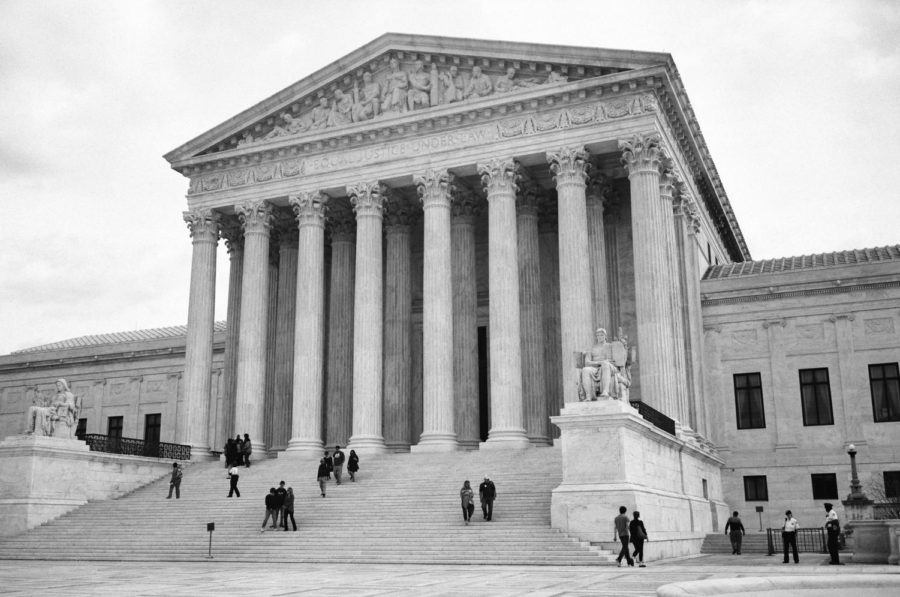An ominously faceless and nameless Supreme Court leaker
January 27, 2023
It seems as if the American public has once again arrived at the intersection of Edward Snowden and Daniel Ellsberg. Yet this time, the figure with sticky fingers who leaked the Supreme Court abortion draft opinion last May remains ominously faceless and nameless.
Last Thursday, the Supreme Court failed to identify through interval investigation precisely who unleashed the opinion. Its drastic consequences are monumental to women and people across the country. Roe v. Wade (1973) was effectively overturned, meaning that the constitutional protection for abortion rights had gone up in smoke.
Immediately after Justice Alito’s abortion draft opinion was leaked, Chief Justice John Roberts promptly ordered the investigation. According to the New York Times, the Court mobilized its plentiful resources over an exhaustive eight-month investigation.
What they have to show for it is a 20 page report and two page statement from Court Marshall Gail Curley, who oversaw the inquiry. It seems as if conducting 100-plus interviews and having 97 employees (including the justice’s personal law clerks) swear under oath that they did not release the opinion was not enough. No whistle-blower has been named.
However, it is a question as to whether those who don the robes themselves have been questioned about the leak. Despite the unprecedented nature of this leak, the investigation has not yet reached the very top.
However the inquiry was not a complete failure for those who wish to throw the leaker into the spotlight and likely the judicial guillotine. Shortcomings as to how sensitive documents were secured were uncovered. Furthermore, several employees had confirmed they told their spouses or partners about the draft opinion and the vote count, which is a violation of court confidentiality rules.
Changes that were made during the peak of the pandemic allowing people to work from home exposed further holes in the Court’s information network, as sensitive documents could have been removed from the Court’s I.T network. Last Thursday, NBC described the Court’s investigative team and their inability “to identify a person responsible by a preponderance of the evidence.”
To boil down legal jargon, “preponderance of the evidence” means that there must be greater than a 50 percent chance that a claim is true to find a party guilty. When it comes to weighing these scales, it could be 50 percent and a mere feather.
This might be why the court also claimed the investigation has not come to an end; they are waiting for that final feather to float down, as they turn to analyze electronic data regarding the incident. Yet this leaker was incredibly careful, as no forensic evidence was found on computer devices, networks, printers, and available text message logs, according to Marshall Curley’s report.
This anonymous figure clearly has enough knowledge of forensic evidence recovery methods to evade being caught, and access to sensitive documents. Furthermore, their choice to leak the opinion could suggest that their interests were against those of Justice Alito and a strong desire for the public to know what was coming.
What the leak gave the American people was time: in order to mobilize, protect resources, assemble protests and more or less get themselves in order. Losing the Constitutional right to abortion means that thousands of lives were going to be eternally affected. People with wombs in certain states would be forced to carry children to term and give birth.
Carrying such a risk as being the first person in history to leak a Supreme Court Draft Opinion means that the leaker has a significant interest that motivated them to act. Yet they still remain faceless and nameless to the American public.






















